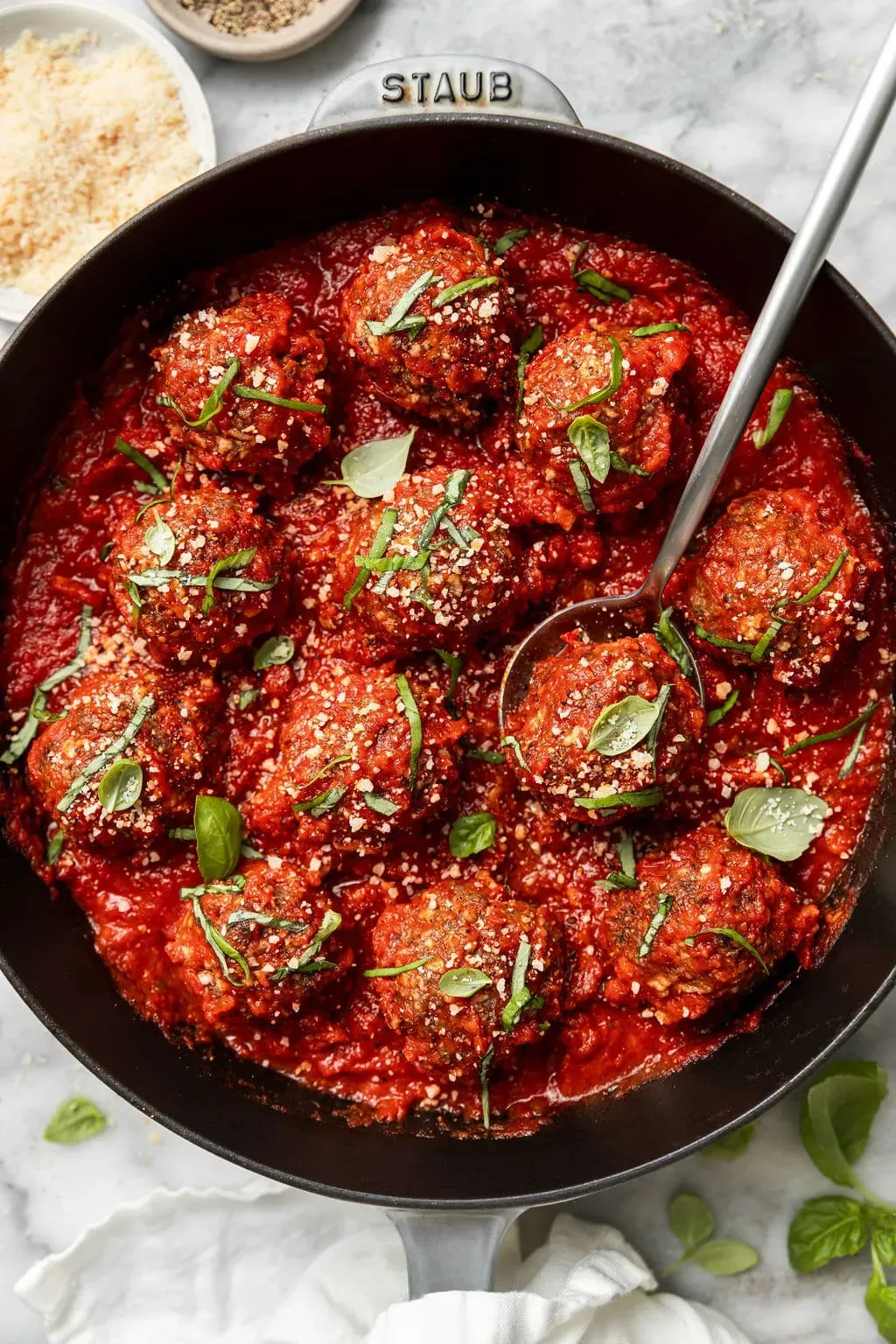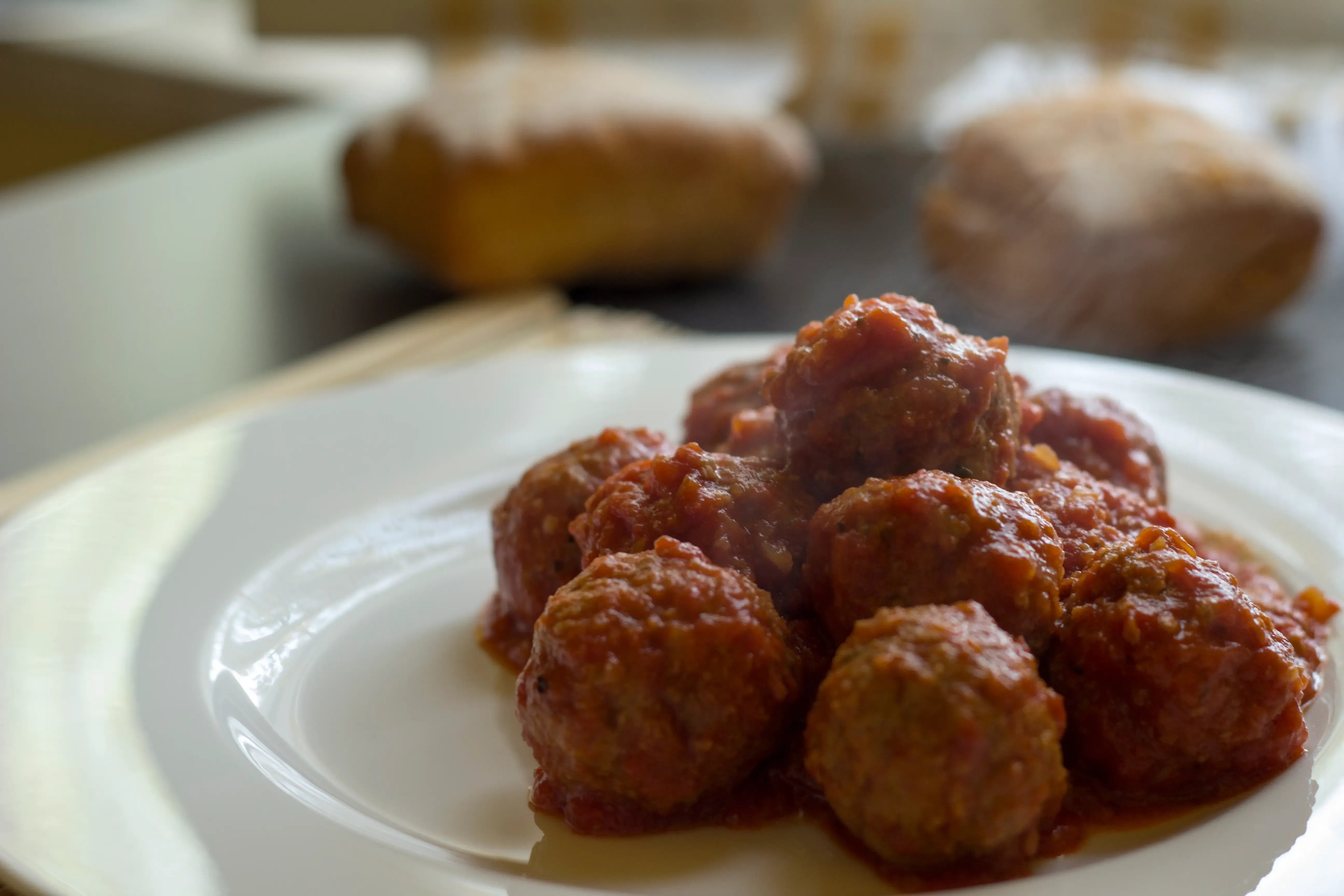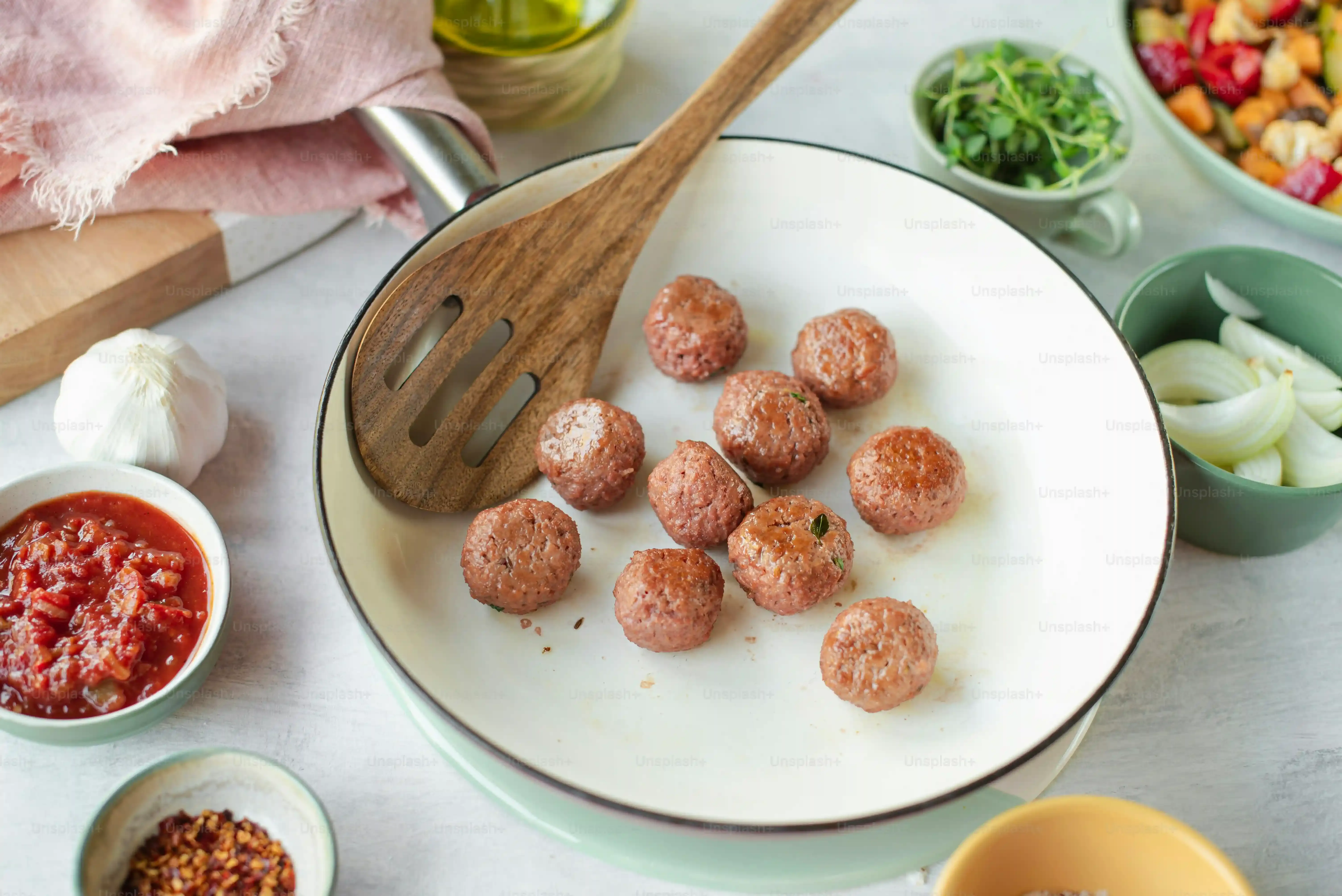Table of Contents
Let's be honest, finding that perfect, juicy, and tender Italian meatball can feel like a quest. You've probably tried a few recipes, maybe ended up with dry, tough little balls, or worse, a kitchen covered in grease from frying. We've been there. But what if there was a recipe that consistently delivered on flavor and texture without the mess? That's where Chef John's approach to recipes Italian meatballs comes in. This isn't just another list of ingredients; it's a method designed for success, promising meatballs that are moist on the inside with a lovely crust. We’re diving deep into why this particular recipe works so well. We'll walk you through everything: from the specific ingredients Chef John uses and why they matter, to the simple steps that make baking these meatballs a game-changer. Get ready to swap those frustrating kitchen fails for a batch of truly delicious Italian meatballs that might just become your new go-to.
Why Chef John's Italian Meatballs?

Why Chef John's Italian Meatballs?
so you've probably wrestled with a few meatball recipes in your time, right? The ones that promise perfection but deliver something closer to savory golf balls? That's exactly why Chef John's Italian Meatballs stand out. Forget the greasy splatter of pan-frying and say goodbye to dry, crumbly failures. This recipe leans on baking, which means less mess and a more evenly cooked meatball that stays incredibly juicy inside. It's not just about avoiding the fryer; it's the combination of ingredients – typically a smart mix of beef and pork for flavor and fat distribution – and his specific method that just works. Users rave about the texture and taste, calling them the best they've ever made. So, if you're tired of meatball disappointment and want a reliable winner, understanding Why Chef John's Italian Meatballs are so popular is your first step.
Gathering Your Ingredients for Italian Meatballs

Gathering Your Ingredients for Italian Meatballs
Alright, so you're sold on the idea of baking these beauties. Now comes the crucial part: Gathering Your Ingredients for Italian Meatballs. This isn't just grabbing whatever's in the pantry; there's a method to Chef John's ingredient madness. You'll typically want a mix of ground beef and pork. Why both? Beef brings the hearty flavor, while pork adds crucial fat, keeping things moist. Lean ground beef (like 90/10) just won't cut it; aim for something closer to 80/20 for that essential juiciness. Don't skimp on the fresh breadcrumbs either; they absorb moisture like little sponges, preventing dryness. Milk is another key player here, creating a "panade" with the breadcrumbs that traps juices. You'll also need finely diced onion (cook it first – a crucial step!), eggs for binding, plenty of Parmesan cheese for that nutty, savory kick, and your standard salt, pepper, and maybe a pinch of red pepper flakes if you like a little heat. Getting these core components right sets the stage for success.
Making the Perfect Italian Meatballs: StepbyStep

Making the Perfect Italian Meatballs: StepbyStep
Alright, you've got your ingredients lined up. Now for the fun part: getting your hands dirty and Making the Perfect Italian Meatballs: Step-by-Step. First, you want to make that panade. Combine your fresh breadcrumbs with the milk in a bowl and let it sit for a few minutes; this gets the bread nice and soft and ready to absorb all those lovely meat juices later. While that's happening, grab a large bowl – big enough to hold everything – and add your ground beef and pork. Toss in the cooked onion, the soaked breadcrumb mixture, eggs, generous amounts of grated Parmesan, salt, pepper, and any other seasonings you like (garlic powder, dried oregano, maybe a pinch of nutmeg if you're feeling adventurous). Now, here's the critical part: mix gently. Overmixing is the enemy of tender meatballs. Use your hands, but treat the meat mixture like you're folding ingredients, not kneading dough. Just mix until everything is *just* combined. Once mixed, cover the bowl and pop it in the fridge for at least an hour. This rest time is non-negotiable; it allows the flavors to meld and the mixture to firm up, making forming the meatballs much easier and helping them hold their shape while baking.
Serving and Storing Your Delicious Italian Meatballs

Serving and Storing Your Delicious Italian Meatballs
Serving Your Meatballs: Beyond the Spaghetti
Alright, you've successfully baked a batch of these glorious Italian meatballs. The aroma alone is probably making your neighbors jealous. Now, the most common way to serve them is, of course, swimming in a simmering pot of your favorite tomato sauce, nestled alongside a mound of spaghetti. Classic for a reason, right? But don't stop there. These baked beauties are versatile. Think about sliding them into a crusty sub roll with provolone cheese for an epic meatball sub. Or toss them with some creamy polenta for a comforting, fork-tender meal. They even work great sliced and added to a pizza or served as appetizers with a simple marinara dipping sauce at your next gathering. Point is, don't feel boxed in by pasta.
Fridge Storage: Keeping Leftovers Fresh
Let's face it, sometimes you make a big batch (always a good idea) and have leftovers. Storing your delicious Italian meatballs properly means you get to enjoy them again without risking a sad, dried-out fate. Once they've cooled completely – this is key, don't stash hot meatballs in the fridge – transfer them to an airtight container. A glass container is great because it doesn't hold onto smells like plastic can. Pop them in the refrigerator, and they're generally good for about three to four days. Reheating is simple: gently warm them in sauce on the stovetop or in the oven. Microwaving works in a pinch, but sometimes makes them a little tough, so be warned.
Here are a few quick ideas for those leftovers:
- Meatball sliders on small buns
- Chopped and added to minestrone soup
- Served cold on a salad with Italian dressing
- Simmered in gravy for Swedish-style meatballs (a little culinary rebellion!)
Freezing for Future Cravings
Planning ahead or just really crushed that recipe and want to save some for a rainy day? Freezing is your friend. Just like with fridge storage, make sure the meatballs are completely cool first. You can freeze them cooked or uncooked, though cooking them first means they're ready to just drop into sauce. For cooked meatballs, spread them out on a baking sheet lined with parchment paper and flash freeze them until solid – usually an hour or two. This prevents them from sticking together in one giant meatball iceberg. Once solid, transfer them to a heavy-duty freezer bag or airtight container. Label and date it. They'll keep well for up to three months. When you're ready to use them, you can often add them directly to simmering sauce from frozen, just give them a bit longer to heat through.
Variations on Classic Italian Meatballs Recipes

Variations on Classic Italian Meatballs Recipes
so you've mastered the basic Chef John method for recipes Italian meatballs. You're baking them beautifully, they're juicy, they're delicious. But maybe you're feeling a little adventurous? This is where Variations on Classic Italian Meatballs Recipes come into play. Don't think of the core recipe as rigid law, but rather a fantastic starting point. Want to lean into pork? Swap out some of the beef for ground pork or even add a bit of veal for a lighter texture, though frankly, veal is pricey and often unnecessary for great results. Feeling cheesy? Ricotta folded into the mix adds an incredible tenderness – just be careful not to overmix. Spice it up with more red pepper flakes, or introduce fennel seed for that distinct Italian sausage flavor. Some folks swear by adding finely grated carrot or zucchini for moisture, which sounds a bit suspicious to me, but hey, experimentation is key. Just remember the core principles: gentle mixing, the panade for moisture, and baking for even cooking. Play around, see what hits your spot.
Your Go-To Italian Meatballs
So there you have it. Chef John's take on recipes Italian meatballs cuts through the noise. No endless frying, no mystery ingredients. Just a solid method and ingredients that actually work together to give you tender, flavorful meatballs every time. They hold up in sauce, stand alone as a snack, or anchor a meal. If you've been on the hunt for a reliable recipe that delivers without the fuss, this one earns its spot. Give it a shot and see if it doesn't become your standard.